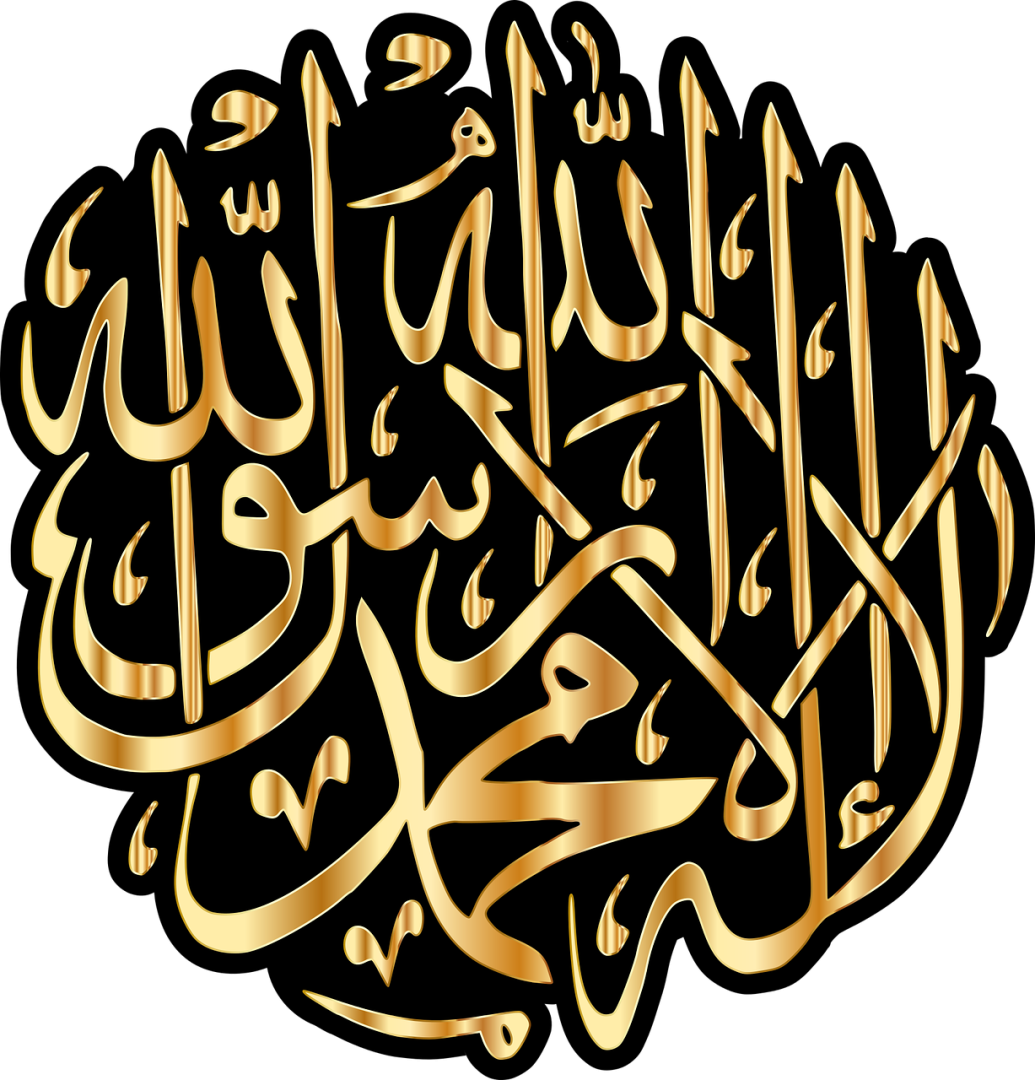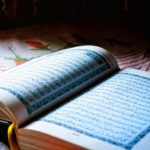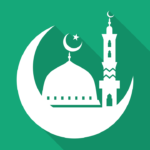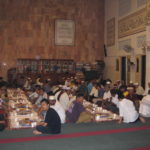Quranic, or Islamic, calligraphy is a special form of artistic writing using the Arabic script. Calligraphy took on prominence in Islamic societies because pictures of people and animals can contravene the belief that the work of God is superior, and these images are not usually used in decorative art. Calligraphy, therefore, became a respected art form and can dominate mosque walls and furniture, tombs, and many household items.
Seventh-century Islamic calligraphy
Islamic calligraphy was written on parchment or papyrus with a quill from the seventh century and was used in making copies of the Quran. Kufic was the first script used as a Quran script and spread throughout the Islamic world. It is an angular, self-assured script with clear contours, and looks imposing even as small text. Before the invention of printing, calligraphy studios were set up to write copies of the Quran on parchment. Here, inscriptions were also designed and chiseled into stone ready for placing on buildings. Calligraphy also featured on coins. From 692 CE, pictures on coins were replaced by words, usually from the Quran.
Working in Kufic became an art form that was said to take years to master. Several styles developed, including a sloping Persian script used to weave elaborate inscriptions on silk textiles. These were valued possessions and the Crusaders took them to Europe. Another script style developed in Spain and northern Africa which became the Maghrabi script.
Paper introduced from China
When the paper was introduced from China in the eighth century, Islamic calligraphers kept using parchment for the Quran as it was hardier and more prestigious. But paper became the material used for many other books and soon Muslim libraries boasted thousands of volumes of beautifully written documents. Paper quality improved and it was used to copy the Quran by the 12th century when the Nashki, Muhaqqaq and Raihani scripts replaced Kufic. Nashki, a flowing cursive script with round letters and thinner lines, is the script commonly used today in Arabic printed material and is the script taught at school.
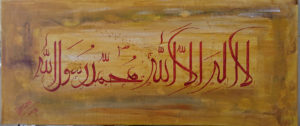 Early calligraphers were dedicated professionals who often wrote sitting on the floor, with paper resting on a piece of cardboard across their knees. A skilled calligrapher would learn to write with his non-preferred hand if his other hand was injured in battle or from punishment. There are even cases of calligraphers practicing their art using their mouths or feet. Children were taken on in apprenticeship-type roles from a young age to become calligraphers.
Early calligraphers were dedicated professionals who often wrote sitting on the floor, with paper resting on a piece of cardboard across their knees. A skilled calligrapher would learn to write with his non-preferred hand if his other hand was injured in battle or from punishment. There are even cases of calligraphers practicing their art using their mouths or feet. Children were taken on in apprenticeship-type roles from a young age to become calligraphers.
Islamic Calligraphy Being valuable collectors’ pieces
Many masterpieces were produced and traded, and they became valuable collectors’ pieces. Calligraphy also appeared on the walls and ceilings of mosques and palaces as well as on pottery, glass, stone, wood, metalwork, and textiles. Islamic calligraphy is regarded as having reached its highest quality in Ottoman Turkey. It has been said that “the Quran was revealed in Mecca, recited in Egypt, and written in Istanbul”. One of the scripts developed in Turkey was Diwani, a graceful and decorative script with slanting flourishes, though not as easy to read. It was used in government documents. The script spread to Arab countries where it is used today in formal documents.
Many other imaginative styles have been developed by Islamic calligraphers. One is the Tuhgra, used in Turkey and Arab countries as a royal insignia, and in coins and stamps. Another is Muthanna, which takes a script such as Naskhi and creates a mirror image. Then there is pictorial calligraphy, or calligrams, which use text in the shape of a bird, lion, horse, fish or tree, and also things such as swords, ships, and mosques. There are instances of Quranic verse written to look like a mosque complete with minarets. Spacing between words and lines tend to overflow, allowing creative freedom and flexibility, and distinctive style for each calligrapher.
Calligraphy Importance in Islam
Calligraphy is important in Islam as it was God’s word that was initially conveyed to Muhammad orally and then written down by his companions. The Quran says that this document was written in “elegantly proportioned script” on “spotless sheets of paper” and is “beautiful” and “unsurpassed”. Due to its religious significance, Islamic calligraphy has continued as an important art form, whereas the significance of calligraphy using Roman and other alphabets has dwindled.
Today, Islamic calligraphy is used on coins, paper money, books, newspaper and magazine headlines, advertising signs, and posters. Calligraphers use a special pen called a qalam, which is made of dried reed. Calligraphy represents unity, power, and beauty throughout the Islamic world.

